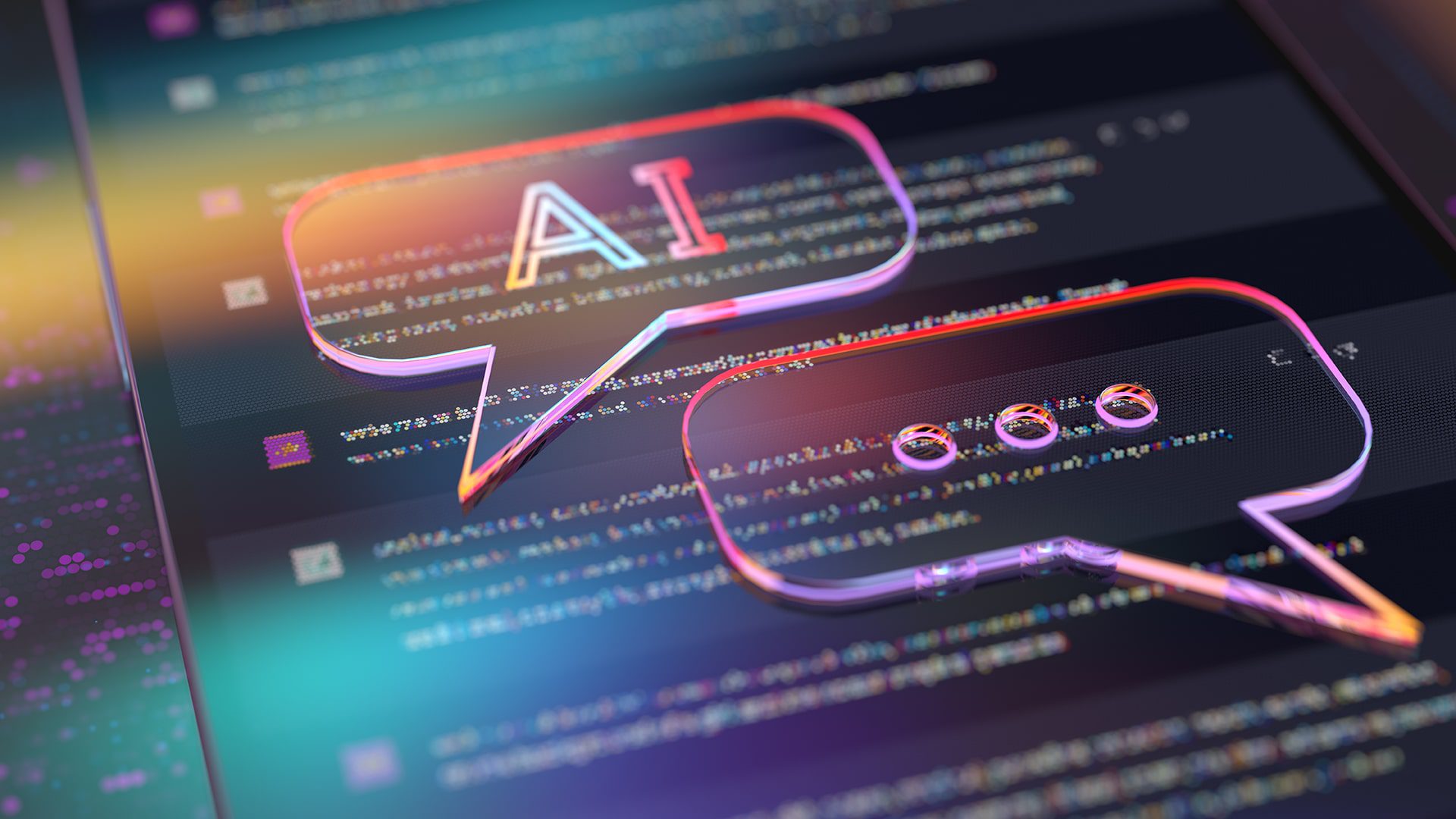The gaming industry has grown rapidly, connecting people from all over the world in online games. A report by PwC predicts that the gaming market will be worth over $300 billion by 2026. However, linguistic barriers can become an issue for gamers who speak different languages.
Real-time translation in games can help players communicate with each other more easily. However, there are challenges to using this technology in video game localization.
The Impact of Real-Time Translation on Gaming
Real-time translation revolutionises how players interact in multiplayer games, enhancing engagement and redefining the gaming experience.
Transforming Multiplayer Experiences
Real-time video game localization removes language barriers in games that rely on teamwork and communication. Players can strategise, exchange tips, and build camaraderie regardless of their native language.
This inclusivity brings a sense of belonging and enhances the emotional connection to the game. Furthermore, with real-time translation, players can engage in complex gameplay scenarios that require coordinated efforts for a more immersive and rewarding experience.
Enabling Cross-Cultural Interactions
Gaming is a social activity that often connects people from multiple cultures. This cultural exchange not only broadens players’ horizons but also cultivates empathy and understanding across borders.
For example, players from different countries can share gaming strategies or discuss their favorite in-game events, creating a sense of community despite their differences. These interactions foster friendships that extend beyond the game, showcasing the power of video game localization to bring people closer together.
Expanding Player Bases for Developers
For game developers, real-time translation opens the doors to untapped markets. By accommodating players with various linguistic backgrounds, games can attract a more extensive and diverse audience. This expansion not only boosts retention but also increases revenue streams through in-game purchases and subscriptions.
Moreover, multi-language games are more likely to gain global recognition and appeal, cementing their place in the competitive industry. The ability to reach international audiences effectively can help indie developers grow their user base.
Source: Restack
Current Implementations
Several gaming platforms and titles are already integrating real-time translation tools, setting benchmarks for the industry.
Roblox’s AI Translation Tool for Real-Time Chats
Roblox, a global gaming platform with millions of daily active users, has an AI-powered video game localization tool for real-time communication in chats. By automatically translating messages between players, Roblox ensures that users can interact seamlessly, regardless of their language.
This feature has fostered a more inclusive community and expanded the platform’s global user base. The tool becomes even more effective by leveraging user feedback to continuously improve translation accuracy and relevance.
Age of Empires’ Pre-Translated Taunts
Although technically not a real-time translation, the classic strategy game “Age of Empires” uses pre-translated taunts to help players communicate quickly and efficiently.
These messages are available in many languages and designed to fit the game’s style and tone. This shows how creative video game localization can improve the player experience while keeping the language accurate and appropriate for different cultures. Pre-recorded messages also help avoid any latency issues, as the translations are ready to use and smoothly integrated into the game.
Challenges and Considerations
Despite its potential, real-time translation in video game localization presents several challenges that require innovative solutions.
Accuracy in Gaming Contexts
Translations in video game localization need to capture not only the literal meaning of words but also their contextual relevance. Misinterpretations can lead to confusion, disrupt gameplay, or even offend players.
Training advanced AI models on gaming-specific data sets can improve accuracy and ensure context-sensitive translations. Furthermore, integrating community feedback and user-generated content into translation systems can enhance their effectiveness and reliability.
Handling Slang, Jargon, and Game-Specific Terminology
Games often feature unique slang, jargon, and terminology that evolve rapidly within gamer communities. Translating phrases like “nerf,” “buff,” or “camping” requires an understanding of their nuanced meanings.
Solutions might involve user-created glossaries or machine learning training on community content. You can also create comprehensive translation guides together with players, making in-game language accessible to everyone.
Latency in Fast-Paced Games
In fast-paced games like first-person shooters or battle royales, even a slight delay in communication can mean the difference between victory and defeat. Real-time translation systems must operate with minimum latency to instantly deliver information to gamers.
Edge computing and optimized server architectures can help reduce latency for smoother and more responsive interactions. You can also implement lightweight translation algorithms that prioritize speed without compromising accuracy.
Source: AICompetence.org
Future Prospects
As technology advances, the future of real-time translation in video game localization looks promising, with innovations poised to improve its capabilities.
Advanced AI and Machine Learning
Future developments in AI and machine learning will likely lead to more accurate and context-aware translations.
Neural networks trained on diverse linguistic data sets can better handle colloquialisms, regional dialects, and cultural nuances for seamless communication between players. Additionally, AI models can learn from player interactions, continuously refining their understanding of gaming terminology and community-specific language.
Voice-to-Text and Text-to-Voice Translations
Voice-to-text and text-to-voice technologies in video game localization can elevate real-time translation to new heights.
This innovation would be especially useful in games that depend on verbal communication, like multiplayer online battle arenas (MOBAs) or massively multiplayer online role-playing games (MMORPGs). Additionally, these technologies can enhance accessibility for gamers with disabilities, making gaming more inclusive.
Expanding to Virtual and Augmented Reality
As virtual reality (VR) and augmented reality (AR) gaming gain traction, real-time translation will play a key role in these immersive environments. Players navigating shared virtual worlds can benefit from instant text and voice translations. This leads to seamless interactions in lifelike settings.
Real-time translation is changing how people play online games together by connecting players from all over the world. This technology makes games more engaging as it lets multicultural players interact and helps game companies reach a wider audience. We’ll expand more on this in our next article!
The challenges regarding AI translation remain (accuracy, slang handling, contextual information, etc). Additionally, real-time translation faces the technical hurdles of integrating with platforms while offering instant accuracy to players. As video game localization evolves, real-time translation will be a key part of creating games for everyone to enjoy and feel immersed in.





